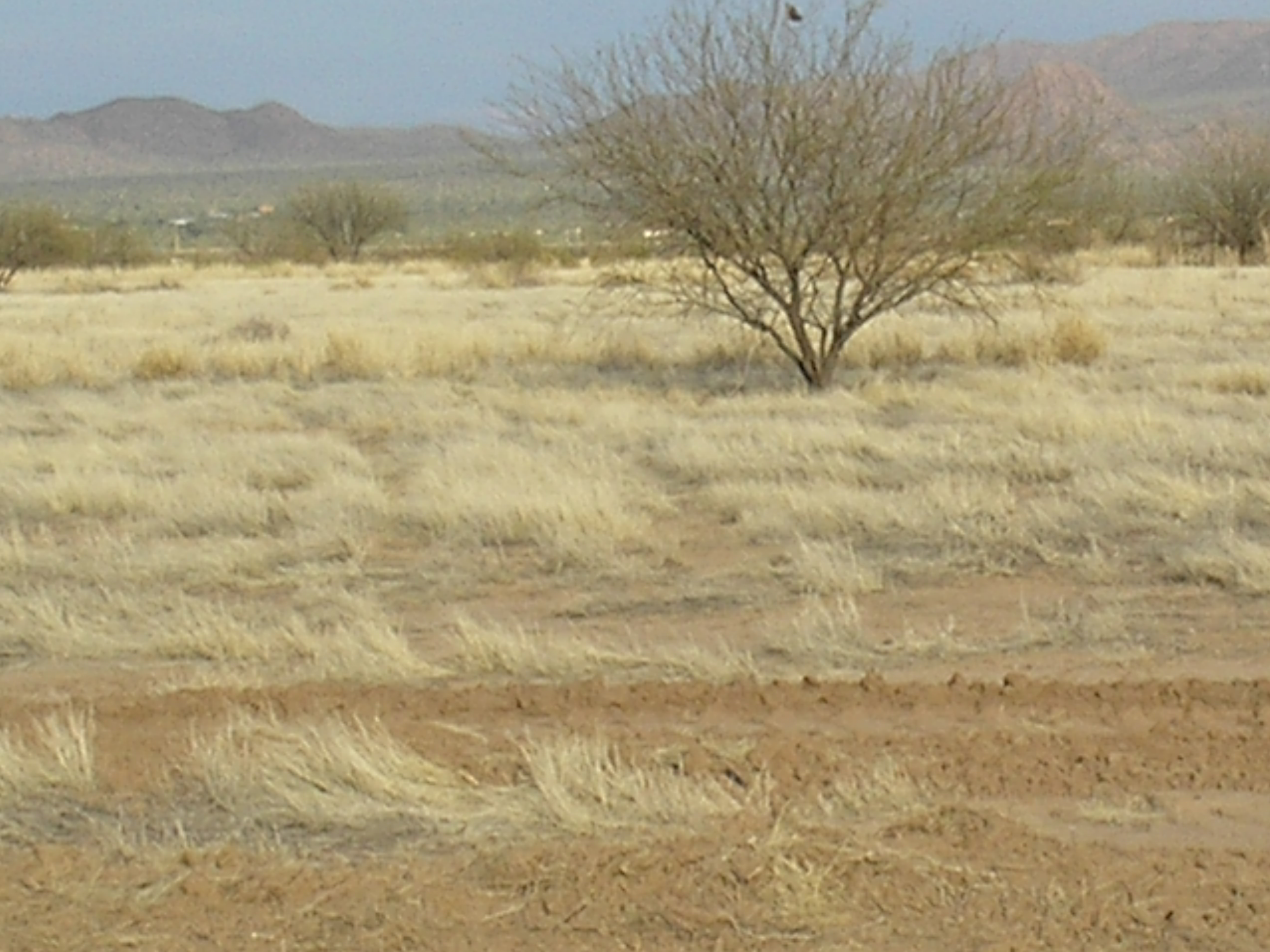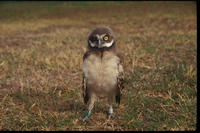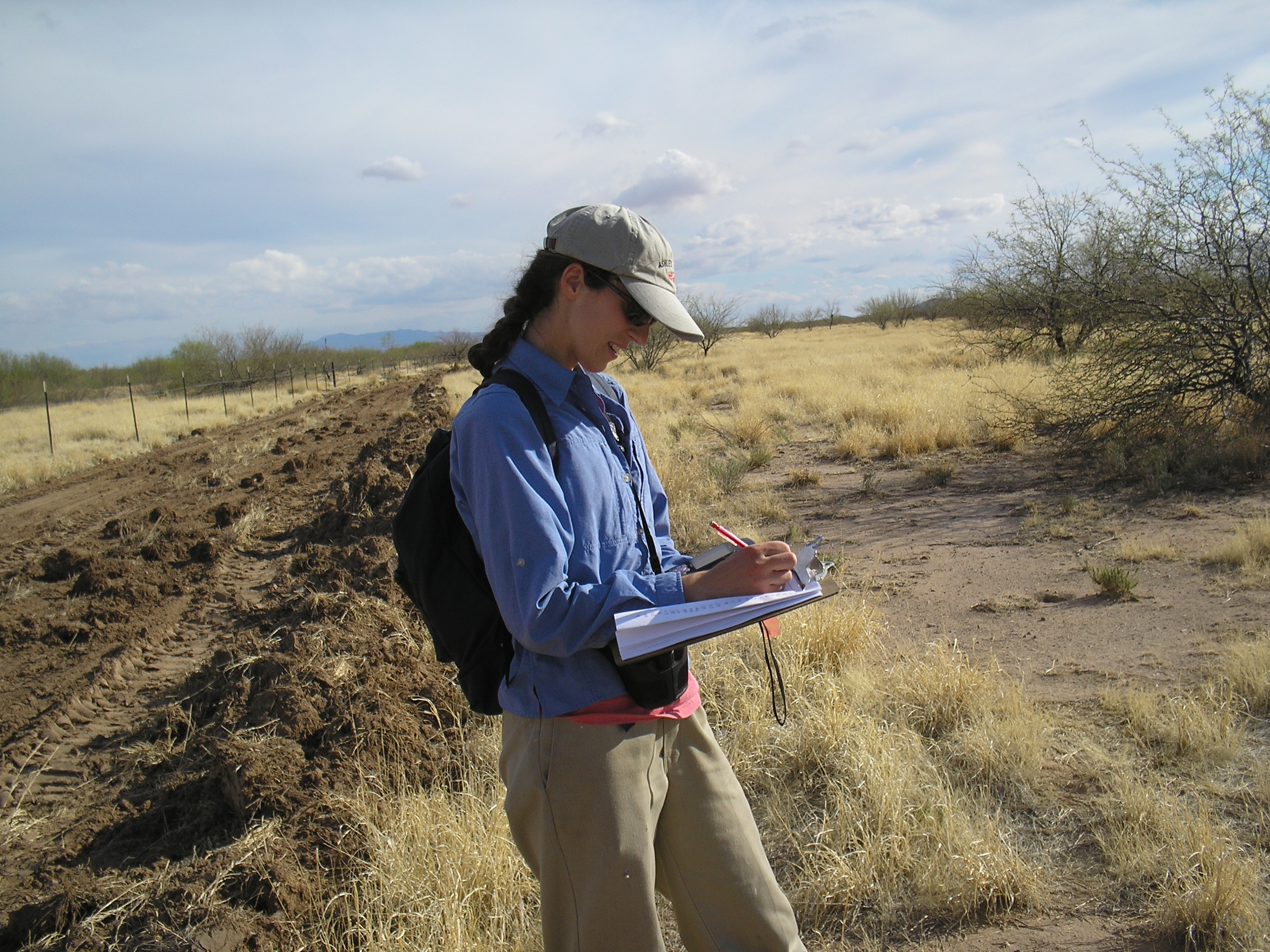Many land management agencies have begun efforts to remove buffelgrass (Pennisetum ciliare) in southern Arizona. However, the effects of these applications on wildlife are a concern that has been raised by the City of Tucson Technical Advisory Committee (TAC). Burrowing owls prey upon herbivorous insects and small mammals, and hence, TAC members have expressed concern that chemicals contained in glyphosate herbicides (Roundup ®, Kleenup ®) may bioaccumulate and possibly cause deformities, mortalities, or reduced reproductive success in burrowing owls. Burrowing owls have declined in many portions of their breeding range in North America and are listed as a Species of National Conservation Concern in the U.S.
To determine the effects of treating areas for buffelgrass on burrowing owls, we surveyed for and monitored burrows occupied by burrowing owls in: 1) areas scheduled for buffelgrass treatment in Avra Valley, and 2) control areas in Avra Valley and Tucson. We compared nesting success, number of offspring produced, and morphological measurements of burrowing owls between treatment and control areas. We also examined whether herbicide application resulted in nest abandonment or mortality of burrowing owls.
Treating areas for buffelgrass did not seem to negatively impact burrowing owls, but we had limited statistical power to detect negative effects because so few burrowing owls nested in the treatment areas. Burrowing owls in treatment and control areas did not differ in apparent nesting success, number of offspring produced, or adult morphological measurements. Young juveniles in the treatment area did not weigh as much as juveniles in the control area, but this is based on juveniles from only one nest in the treatment area. We recommend specific actions in the future to minimize negative impacts on burrowing owls when implementing buffelgrass eradication treatments.


